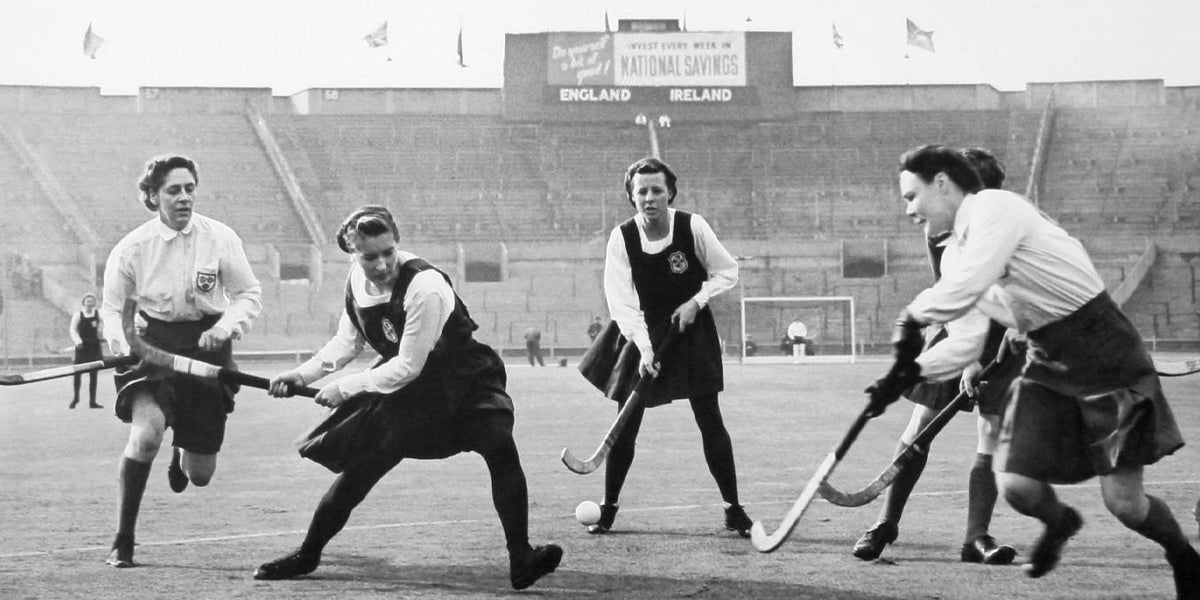Understanding the Importance of Vaisakhi
The Vaisakhi celebrations fall near the celebration of the spring harvest in Northern India as well as marking the start of the Indian Solar New Year.
Vaisakhi is very important for Sikhs today and England Hockey has worked with members of the Sikh community to produce the article below that explains its significance.
Sikhs across the world celebrate Vaisakhi and the birth of the Khalsa.
On the day, Gurdwaras will be busy and the langar community kitchens will be feeding worshippers around the clock. It’s a time of great joy and celebration, including street processions known as Nagar Kirtans.
For Sikhs, Vaisakhi is the time to reflect and remind themselves of their commitment to Waheguru (the Almighty) as the Panj Pyare (five beloved ones) did when Guru Gobind Singh Ji, the 10th Sikh Guru, called all Sikhs to gather in 1699.
The Guru’s father, who was himself the 9th Guru, was executed on the busiest street in Delhi on the orders of the Mughal Empire for challenging religious persecution and refusing conversion. The young 10th Guru knew that his Sikhs were at risk, and he wanted to ensure that the faith could be unified and identifiable to deliver justice and righteousness.
In 1699, on the day of Vaisakhi, the Guru’s disciples travelled from all over the Indian subcontinent to be with him. The Guru emerged from a tent with his sword in the air and called for anyone who was prepared to sacrifice everything for the faith to step forward. The first five stepped forward and the new community of the Khalsa or the family of the Pure Ones was born.
These five Sikhs became known as the ‘Panj Pyare’(five beloved).
They came from different parts of the subcontinent, with different professions. Their names were Bhai Daya Singh (meaning ‘compassion’), Bhai Dharam Singh (‘righteousness’), Bhai Himmat Singh (‘courage’), Bhai Mohkam Singh (‘steadfast resolve’) and Bhai Sahib Singh (‘leader/master’), and together the names represent the various virtues of the Khalsa.
The five Khalsa Sikhs then initiated the Guru into their family, to show that all are equal and that a true leader must also be willing to be a disciple.
Men initiated into the Khalsa took on the name ‘Singh’ or ‘lion’, and women became ‘Kaur’ or ‘princess’, signifying solidarity and equality.
All differences would be put aside upon joining the Khalsa, and all would be treated equally. After many battles, the Khalsa became the inner core of the faith, an order willing to protect and preserve the Sikh tradition, as well as defend the rights of others to practise their own beliefs in peace and harmony.
Khalsa Sikhs were given five articles of faith to always carry, and men were expected to wear a turban, previously a sign of the elite in society. To identify as Khalsa physically and spiritually, the articles of faith, known as the 5 Ks, support a discipline with practical benefits: Kesh (uncut hair) to be in natural form; Kara (a steel/iron bracelet) a reminder of Waheguru having no beginning or end; Kanga (a wooden comb) for cleanliness; Kachera (drawstring underwear) for dignity and Kirpan (small sword) for defending.




